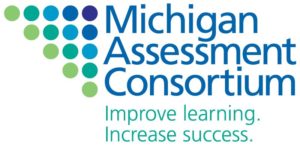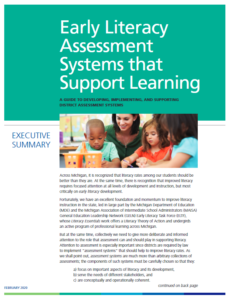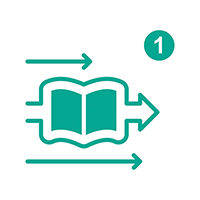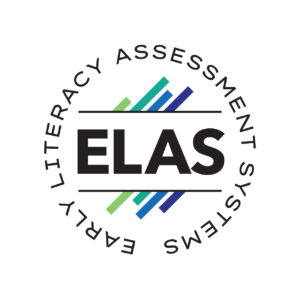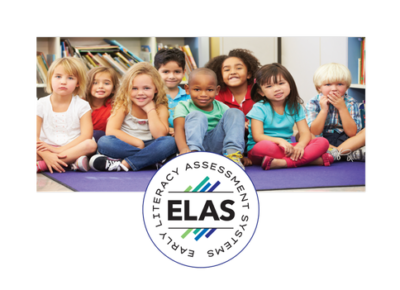
Michigan has an excellent foundation and momentum to improve literacy instruction for our youngest learners. But at the same time, collectively we need to give more deliberate and informed attention to the role assessment can and should play in supporting literacy.
The Guide featured here informs the development of policy, resources, and professional learning opportunities that serve to outline assessment systems and practices that effectively support literacy development.
ELAS Guide and Executive Summary
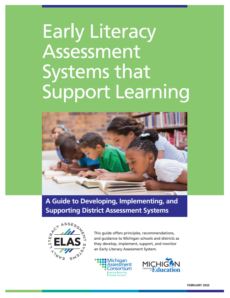
The 172-page Early Literacy Assessment Systems that Support Learning guide offers principles, recommendations, supporting research, and detailed guidance to Michigan schools and districts as they develop, implement, support, and monitor an Early Literacy Assessment System.
ELAS Project Overview

Why we undertook this work
Michigan educators are compelled by research and by law to develop early literacy assessment systems. But they need support in understanding that assessment systems are much more than arbitrary collections of assessments.
Education stakeholders at all levels also can benefit from improved assessment literacy, which gives them the knowledge and support structures needed to implement assessment systems that improve literacy achievement for all of Michigan’s children.
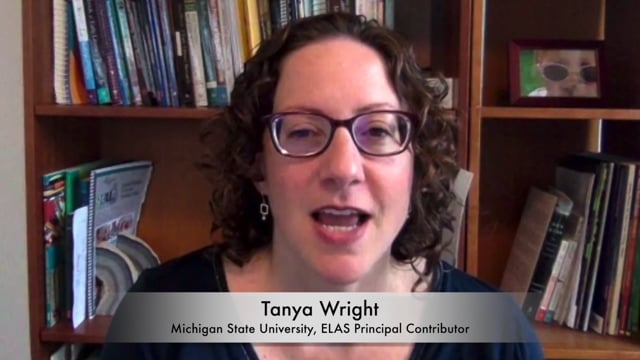
ELAS Project and Michigan’s Literacy Landscape
The Early Literacy Assessment Systems that Support Learning Guide supplements significant statewide efforts to improve literacy learning in Michigan. In particular, it supports the Essential School-wide and Center-wide Practices in Literacy developed by the Michigan Association of Intermediate School Administrators (MAISA) General Education Leadership Network (GELN) Early Literacy Task Force (ELTF).
Structure of the ELAS Guide
The Guide itself consists of three sections, each of which can be read on its own to meet the needs and goals of different stakeholders.

Introduction to Section I
Section I introduces five key Organizing and Design Principles to guide districts in creating an early literacy assessment system (ELAS). These five Principles need to be understood individually and collectively as districts work to create an ELAS. Principles and their associated Recommendations are clustered in terms of three Implementation Phases:
- Phase I: Planning for and Designing an Early Literacy Assessment System
- Phase II: Implementing an Early Literacy Assessment System
- Phase III: Supporting and Monitoring an Early Literacy Assessment System
Quick links
to selected sections within the full ELAS Guide
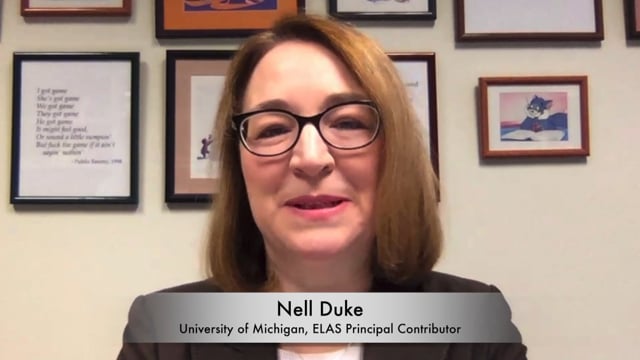
introduction to Section Ii — Portraits
Section II features a series of Portraits that follow the literacy development of three children from pre-kindergarten through grade 2. The Portraits were designed to provide a rich, descriptive picture of early literacy development and its assessment that simultaneously highlights aspects of each of the five Organizing and Design Principles. In the Portraits, each child enters pre-K and continues their schooling journey with a unique array of cultural and linguistic backgrounds and experiences, interests, assets, and literacy-learning needs.
Grade 3 is left open as a challenge for school teams to complete, using the examples to be found in the Portraits for Pre-K through Grade 2.
quick links
to Portrait sections within the full ELAS Guide

Introduction to Section III — Research and Supporting Science
Section III contains five chapters, each of which provides relevant research and supporting science related to one of the five major Organizing and Design Principles described in Section I and exemplified by aspects of the Portraits in Section II. Each chapter elaborates on key details and information that provide the background and justification for the related Principle and associated Recommendations provided in Section I. Each chapter ends with a list of suggested tools and resources that could support schools as they carry out the Recommendations described in the chapter.
quick links
to selected sections within the full ELAS Guide
ELAS Guide Section III Research and Supporting Science (by chapter)
Phase I — Planning for and Designing an Early Literacy Assessment System

Questions primarily answered in Phase I:
- What is a system of assessment? How is creating one similar to or different from choosing or buying a test?
- How is an assessment system different from a random collection of assessments?
- How does one help a district move beyond “choosing a test” to building an integrated and coherent curriculum-instruction-assessment model and process?
Section III-1 (Principle #1)
NECESSARY CONDITIONS AND STRUCTURES: District characteristics that support coherent implementation of an early literacy assessment system
This chapter describes the state- and district-level features that need to be in place in order to support an early literacy assessment system (ELAS) that fits within a coherent system of curriculum, instruction, assessment, and professional learning in support of early literacy development. The content provides some relevant explanation and backing for Principle #1 and associated Phase I Planning and Design Recommendations.
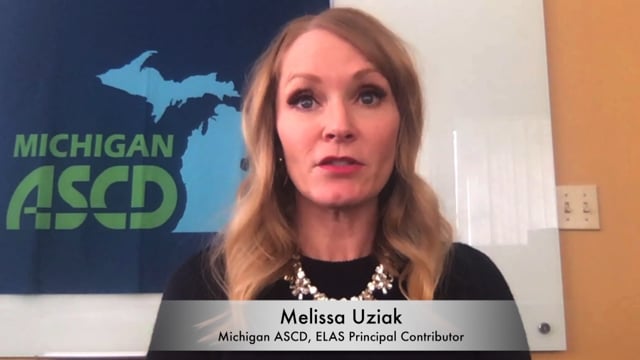
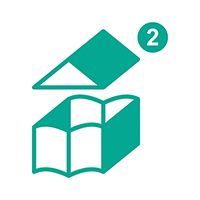 Section III-2 (Principle #2):
Section III-2 (Principle #2):
Assessment System Architecture: Design features in the structure and operation of an early literacy assessment system
This chapter considers what it means to have a balanced, well-functioning assessment system in terms of (a) fundamentals of literacy assessment, (b) system architecture and design principles, and (c) steps that need to be taken to actually plan for and design such a system. The content provides some of the relevant explanation and backing for Principle #2 and associated Phase I Planning and Design Recommendations.

Phase II — Implementing an Early Literacy Assessment System (ELAS)
Questions primarily answered in Phase II:
- What approaches should educators take to create assessment systems that support the development of literacy?
- What standards articulate quality assessment practice and guide development of quality assessment systems
- What literature/research informs the implementation of effective assessment systems in support of early literacy
development?
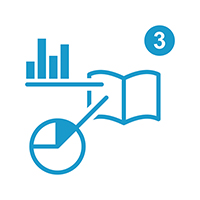 Section III-3 (Principle #3)
Section III-3 (Principle #3)
LITERACY DEVELOPMENT AND LEARNING:
Features of an early literacy assessment system that reflect what we know
This chapter describes what we know about the learning and development of literacy and how this knowledge can be helpful in informing the selection of valid and useful tools and practices to be used to assess early literacy learning. It also provides information useful in creating a district early literacy assessment system (ELAS) that reflects what we know about the whole child. The content provides some of the relevant explanation and backing for Principle #3 and associated Phase II Implementation Recommendations—in particular Recommendations 2.2 and 2.3.
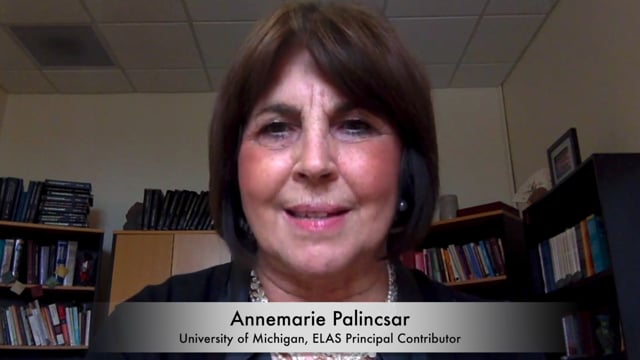
 Section III-4 (Principle #4)
Section III-4 (Principle #4)
Purposes, Users, and Technical Adequacy of Assessments: Features of early literacy assessment system that reflect what we know
This chapter provides information to help districts address the needs of multiple users of assessment, who often have different purposes for assessment, within one integrated early literacy assessment system (ELAS). It describes the function of various assessment tools and practices (and their desirable inferential properties) and considers the specific components of literacy that can and should be assessed. The content provides some of the relevant explanation and backing for Principle #4 and associated Phase II Implementation Recommendations.
- Section III-4
- Section III-4 Resource List
- Section III-4 Additional Resource
- Formative Assessment Process and FAME program
- Formative Assessment Process Vignette
- Section III-4 Additional Resource: BUILDING THE FOUNDATION – A Suggested Progression of Sub-skills to Achieve the Reading Standards: Foundational Skills in the Common Core State Standards
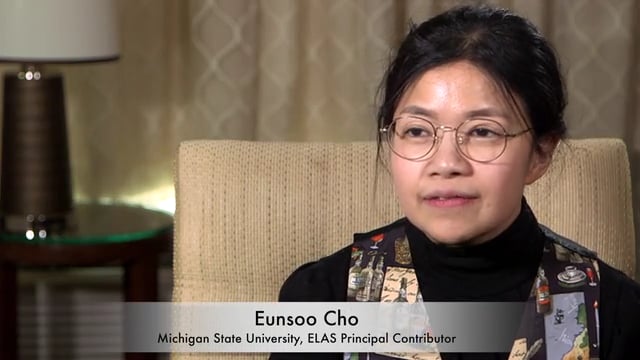
Phase III — Supporting and Monitoring an Early Literacy Assessment System (ELAS)
Question primarily answered in Phase III:
- How can a district get the most impact from the assessment it administers to students?
 Section III- (Principle #5)
Section III- (Principle #5)
PROFESSIONAL LEARNING PROGRAMS:
Features that support stakeholder groups in implementing and using an early literacy assessment system (ELAS)
This chapter offers a sampling of resources that schools and districts might find helpful as they support those who will be implementing and using the early literacy assessment system (ELAS), including district administrators, principals, teachers, policymakers, and students and their families. The content provides some of the relevant explanation and backing for Principle #5 and associated Phase III Supporting and Monitoring Recommendations.
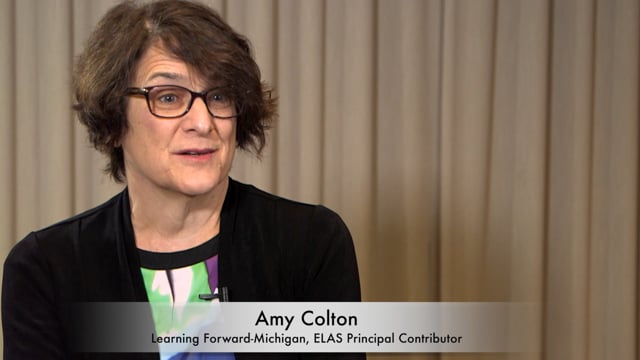
How Michigan plans to support schools and districts

The Michigan Department of Education and Michigan Assessment Consortium are working together and with partners to support districts and schools in their efforts to develop, implement, and support their early literacy assessment systems. Subscribe to our MAC in a Moment newsletter here to watch for news and updates!
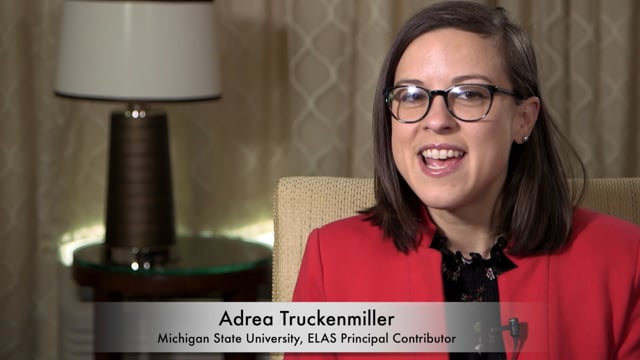
The ELAS project contributors believe that Michigan educators are up for the challenge of designing, implementing, and monitoring early literacy assessment systems (ELSS). Click the video to learn why!
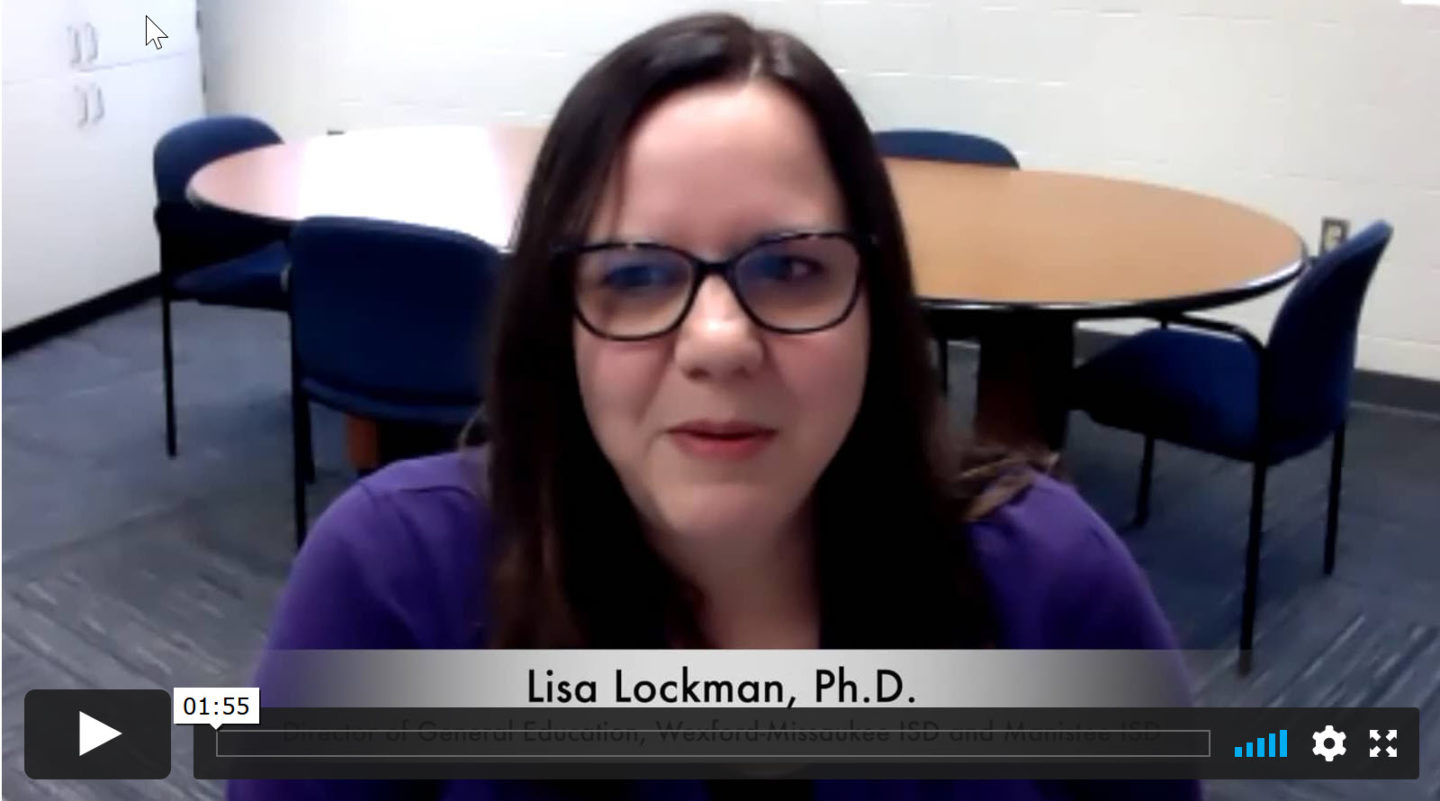
The MAC has developed an Implementation Matrix to support schools that have identified Early Literacy as an area of need in their Continuous Improvement Planning within MICIP. School leaders can use the Implementation Matrix to guide them in selecting activities to support the development of an early literacy assessment system using the planning tools that MAC has contributed to MiStrategyBank.
quick links
